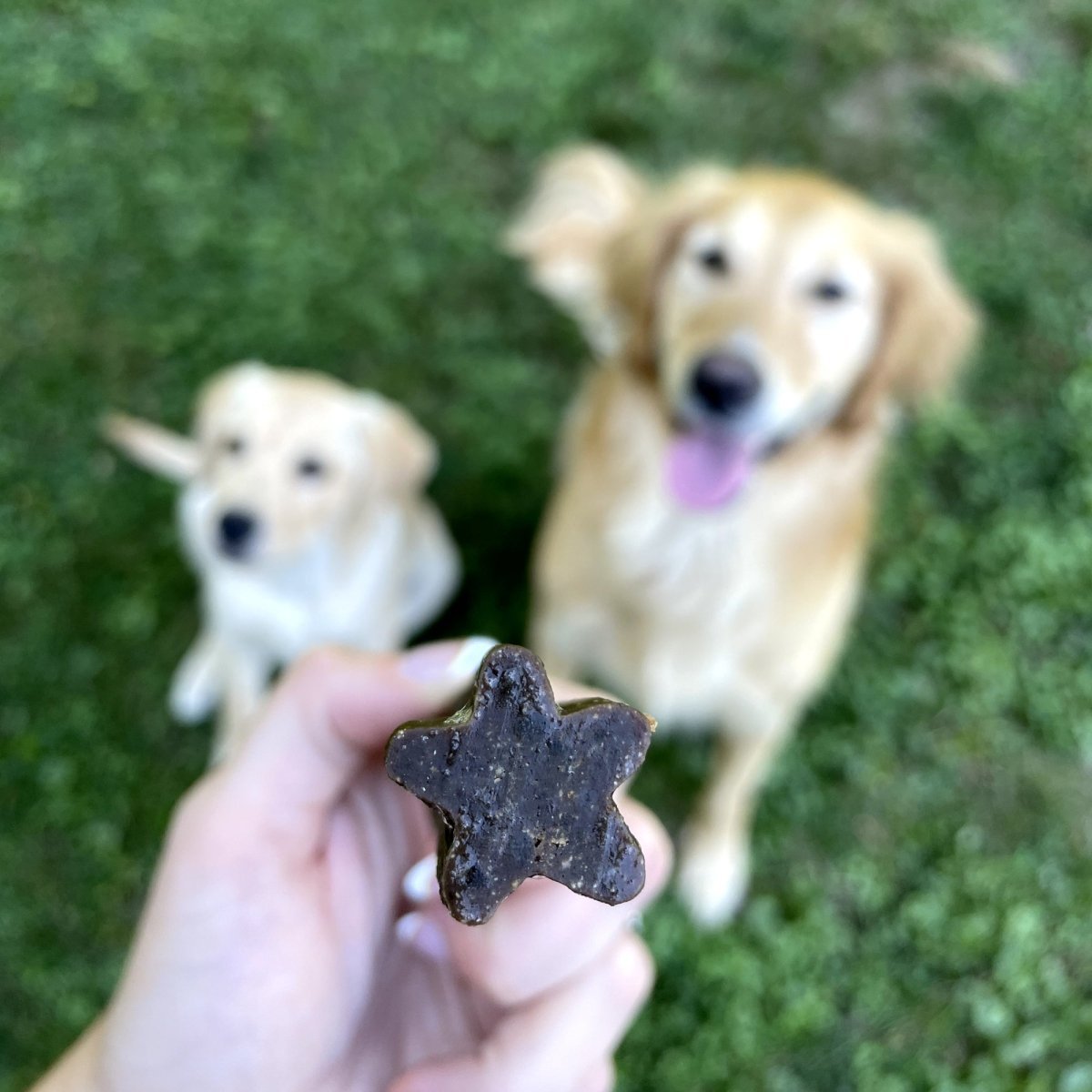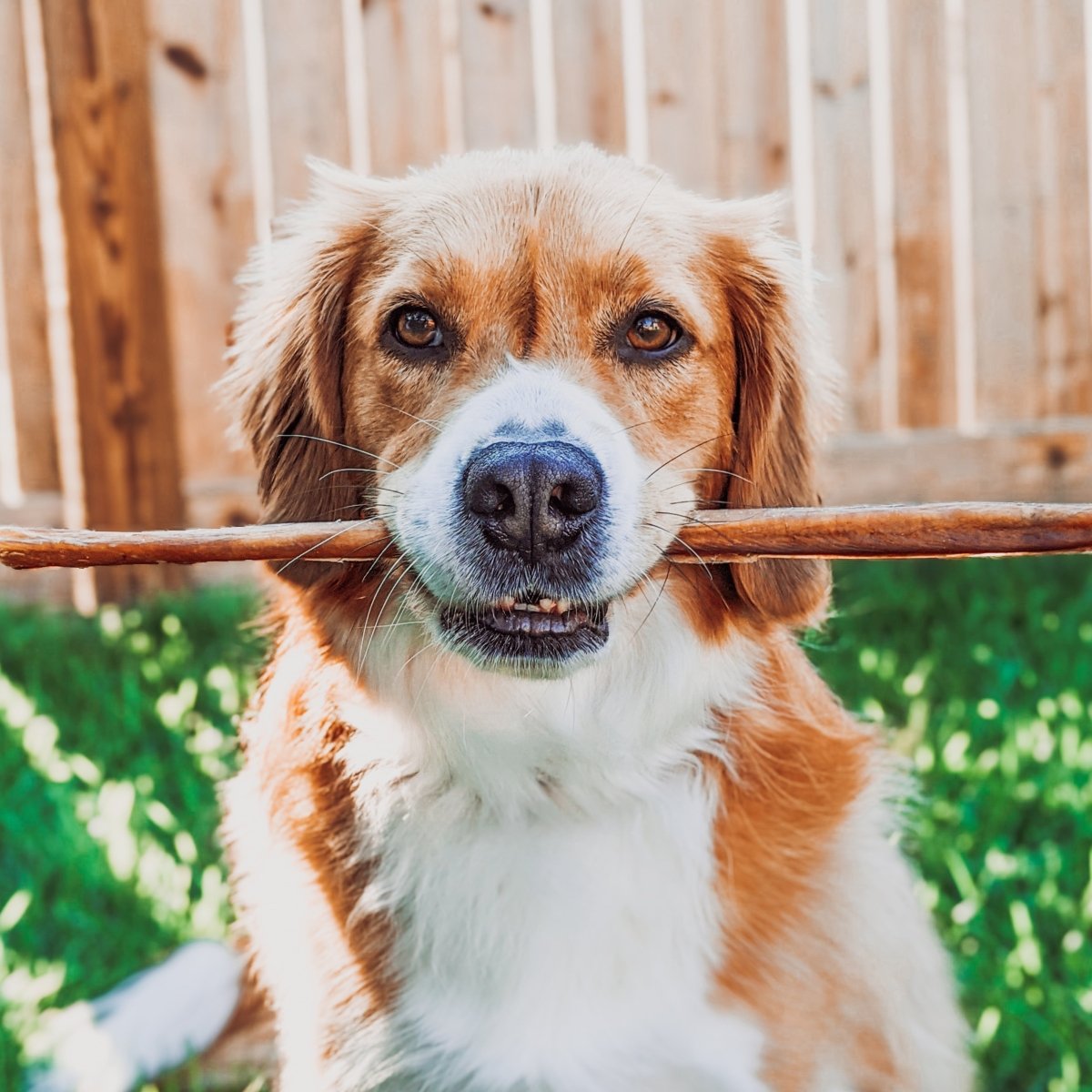
Separation anxiety is a serious issue. A dog suffering from this behavior problem becomes increasingly stressed when their owner leaves them alone or leaves them in the care of another person. This can tax the owner’s nerves and strain relationships with neighbors. Learning how to identify the signs of separation anxiety is the first step in helping your dog overcome this disorder.
How to identify separation anxiety in your pet
Dogs react differently when they become stressed due to isolation. Some become vocal, barking and whining loudly until their owners return. Others will adopt destructive behaviors. They’ll dig holes and rip up gardens and grass outside or destroy furniture and other objects indoors. Other animals will urinate indoors to relieve their stress.
Dogs with severe separation anxiety may display nervousness about being left alone when their owners are home. For example, if left in another room, they might check periodically to make sure their owners are still nearby.
Training your dog to be independent
A lot of dogs become anxious when left by their owners because they have never been taught to be independent. Their attempts to seek attention in the past have always been rewarded. The first step toward reducing a dog’s separation anxiety is to discourage such attempts. If your dog barks or whines in a bid for your attention, refrain from giving it to them. Instead, reward them when they have become calm.
Minimize your dog’s reaction to signs of departure
Think about the things you do when you are preparing to leave your home. You might put on your shoes, remove a water bottle from your refrigerator, and pick up your car keys. Your pet will quickly recognize these signs, which can cause them to become stressed.
One way to address your dog’s reaction to these “signals” is to perform them throughout the day, even when you have no intention of leaving. Doing so will help sever the connection your dog has made between picking up your keys and being left alone.
Engage your dog’s mind
Silence and the absence of distractions can amplify a dog’s feelings of isolation. Provide your pet with stimuli that will engage their mind in your absence. For example, give them a few toys, and change them periodically to prevent them from becoming bored. Test different types of music and play the type that relaxes them at low volume (leave it on when you leave).
Another tactic is to give your dog a treat the moment before you leave your home. Though they may dread your departure, the treat will help them form a positive association with it.
Also, if your pet enjoys chewing objects (or even tearing them apart), give them an old piece of clothing or pair of shoes to play with. The activity will distract them and can suppress their feelings of isolation.
Separation anxiety can become a distressing problem for dogs and their owners. If your pet displays signs of the disorder, be patient with them and take the steps above to help control it. If issues persist, talk to your vet for advice on further actions and techniques to help sooth your dog.
For other dog tips and tricks, check out our blog.
Comments will be approved before showing up.

Dental chews keep plaque in check and gums strong. Read here to learn about nature's toothbrush!

Single-ingredient dog chews and treats are crafted using only one whole food source!

Check out our guide on different types of chews to help you decide on the best chew for your dog!